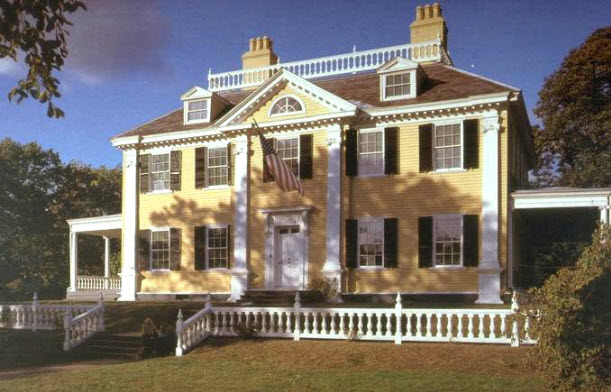
Historic homes can be found throughout the U.S., sometimes in historic districts adjacent to large, bustling cities and other times in faraway towns. If you’re an antique lover or just a history buff, purchasing an historic home can be a worthwhile investment, provided you know how to deal with the historic society’s rules and regulations.
Each historic district will have it’s own rules and even though they may seem picky, they were created with the greater good of preserving this piece of history for everyone to enjoy.
Take, for example, colonial Williamsburg in Virginia. This colonial town was settled in the early 1600’s and yet today you can still walk the streets of this historic town and feel like you’ve traveled backward through time. This is in part to the historic rules dictating what color house paints to use and restricting any kind of modern-day renovations.
Some benefits of owning an historic home:
- You won’t have neighbors painting their homes crazy colors – all historic districts have specific rules and regulations, which means your neighbors will have to keep their properties looking nice, too.
- Many historic districts have tax incentives for homeowners who refurbish their homes following the approved guidelines.
- You will likely find the craftsmanship of the home to be superior to those built today.
- You might find “extras” included in the cost of the home, such as crown mouldings, authentic hardwood floors, or beautiful wainscoting.
As with any real estate investment, you will likely need extra money in your budget for repairs and renovations. However, this can be the biggest con to owning an historic home because you might need specialty workers who know how to properly restore historic homes.
Another con is the possible environmental problems you might encounter with an old home. Take proper precautions that such hazards as lead paint and asbestos are not present, or at least know what the cost is for removing any hazards.
Also hire a reputable home inspector to inspect the usual problem spots in the foundation and roof. An historic home might boast incredible architectural style but repairing a cracked foundation will increase your budget dramatically.
Do plenty of research before investing in an historic home. And if you plan on renting this property to tenants, be sure they understand all the rules of the historic society.







Historic Homes are beautiful and often worthy of restoration. In the process, there are significant opportunities to improve the energy performance of the building. There is so much cost in the aesthetic and cosmetic details that taking care of the infrastructure before the details are finished is wise because it is impossible once the cost for the finished work is laid out. Before you start the process consult a BPI certified building analyst on how to improve your building’s performance forever.